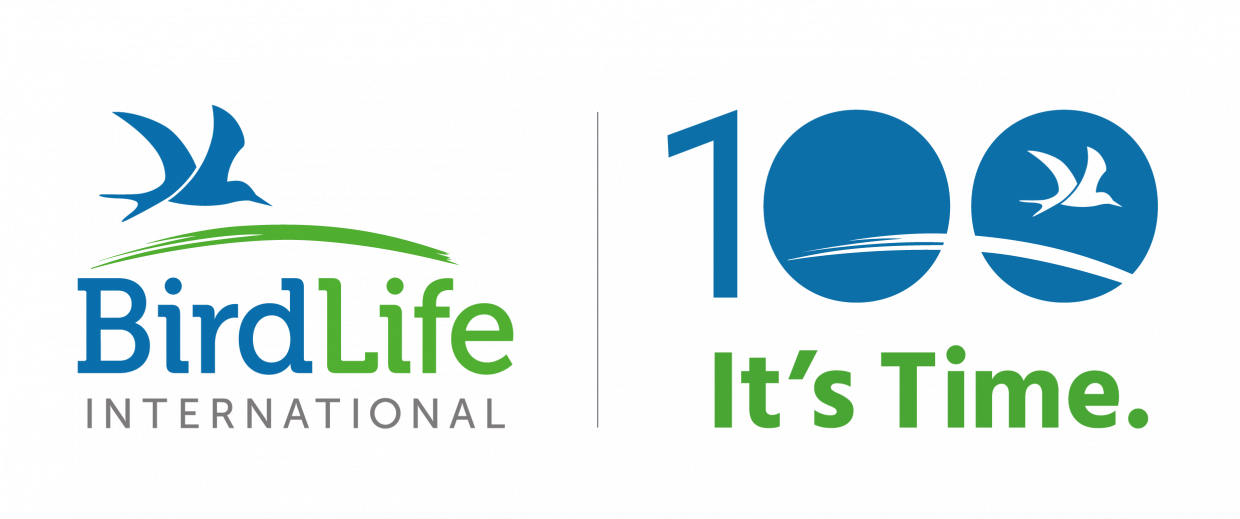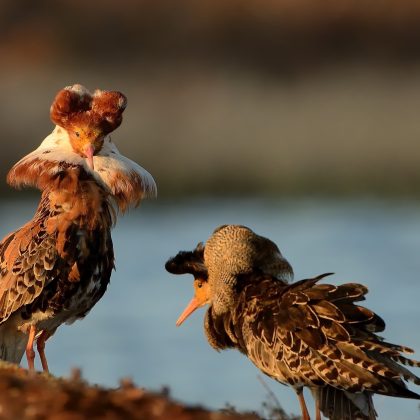Important Bird and Biodiversity Areas
For more than 40 years, the Important Bird and Biodiversity Areas (IBA) programme of BirdLife International has aimed to identify, document, safeguard, manage and monitor a network of sites of international significance for birds. The global list now extends to more than 13,500 IBAs, and is among the most extensive site-based, spatially explicit, systematically rigorous biodiversity datasets yet compiled.
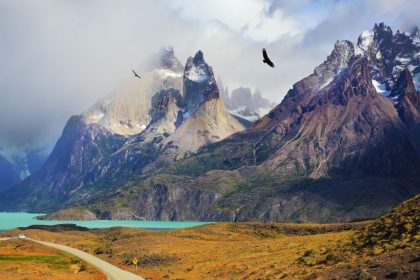
The IBA programme was initiated during the late 1970s in Western Europe to guide the identification of areas of significance for birds in the European Union, but has since expanded globally. IBA data have been widely used by stakeholders to help conserve a network of sites essential to maintaining the populations and habitats of birds and other biodiversity through legal protection, sustainable management, safeguarding measures, land-use policy and local action.
Despite their biodiversity value, many IBAs are at risk. The most threatened IBAs are listed as IBAs in Danger, an initiative that has triggered conservation and management actions at site level, most notably by civil society organisations and local conservation groups.
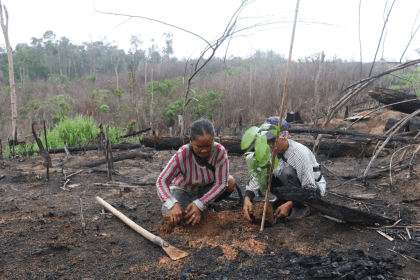
IBAs have been influential with governments, multilateral agreements, businesses and others. They have been used to support the identification of wetlands of international importance under the Ramsar Convention, Ecologically or Biologically Significant Areas (EBSAs) in the marine realm and sites of importance for species under the Convention on Migratory Species and its sister agreements.
IBAs also form a core part of the Key Biodiversity Areas (KBA) network. Governments are currently negotiating a new ‘Global Biodiversity Framework’, with goals and targets to tackle the loss of nature and its impacts on people. There is considerable momentum around a commitment to conserve 30% of land and seas by 2030. KBAs are among the highest priority locations for expanding the protected area network.
The BCI papers presented in this fourth centenary collection (made freely available by Cambridge University Press for a limited period to mark BirdLife’s 100th anniversary) illustrate all of these functions, and demonstrate the extensive reach and performance of the IBA Programme to date in identifying and conserving the most important sites on earth for birds and biodiversity.
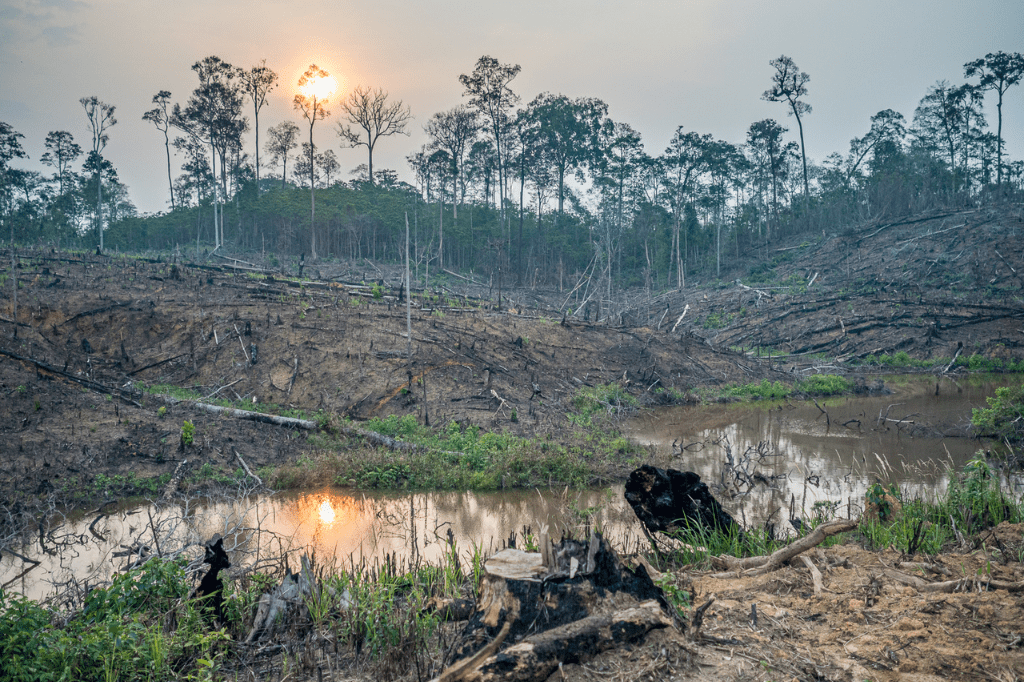
Author: Olivia Crowe, Global Science Coordinator (IBAs and KBAs), BirdLife International
Featured image: Common Cranes Grus grus stage and winter in huge numbers at Hula Valley IBA in Israel (© A.N. Protasov/Shutterstock)
